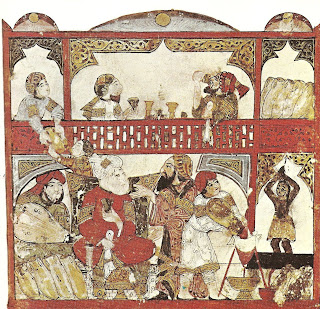The Dixon-Wilson House

I think it's been a while since we've been in the Hockessin area, so I thought we'd take a quick look at one of Mill Creek Hundred's historic houses hiding in Hockessin (also, it seems to be Alliteration Day). Sitting on the north side of Valley Road, about half way between Limestone Road and Lancaster Pike, is the Dixon-Wilson House, one of the oldest in the area. Sometimes, I think, people tend to think of Hockessin as a bit of a newer area, relatively speaking. There is some truth to this, since Hockessin as an organized town didn't really take off until later in the 19th Century, well behind such earlier centers as Stanton, Marshallton, Milltown, or Brackenville. It got its economic steam from the kaolin mining industry, and has even been likened to a western boom town in the late 1800's. However, the roots of settlement in the area go back much further, back to the beginnings of English occupation of what would be Mill Creek Hundred. One of the original fam...













